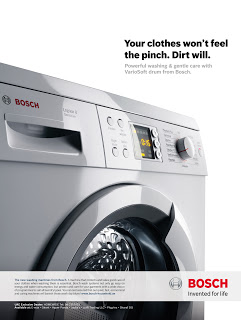PTLLM
People that look like me.
Are you tired of staged photography in your ads? Are you happy with all the gratuitous diversity and inclusion casting in TV commercials? It is wonderful seeing gay couples in ads, but why always on a couch? How about casting ads with we the people? People not trained to smile for the camera? There is some progress, we are beginning to see some larger people in TV commercials, but less that 5 percent by my count. I also recently saw a woman with freckles in The New York Times Magazine section.
Are you one of those people who watch a hockey or football game and says to the screen or your honey “Sure are a lot of while people there?” I do. I’ve even started a meme on social media where I comment “White much?” when diversity is totally and ridiculously white.
Here’ my point. Casting has a new imperative. More real people. No one wheel chair a quarter. Don’t check both boxes by using a mixed race couple with two dads. Real people. Zits and all.
All those marketers talking about authenticity need to shut up and cast like they mean it.
Peace!




